These sea creatures will make you marvel at the wonders of the deep.
We may think we know a lot about the earth, but most of us know a lot more about life on land than we do about what happens underwater. Water covers more than 70% of the earth’s surface and only about 5% of the ocean—and its fascinating inhabitants—has been explored by people.
The mystery and questions around sea creatures can lead to wondering and wandering to see and learn more. How unbelievable is it that some underwater creatures can shoot ink out of their bodies, or wave giant antenna to avoid predators, or have the males carry and birth the babies?!
Here are some of the most fascinating sea creatures to see and where you can encounter them up close:
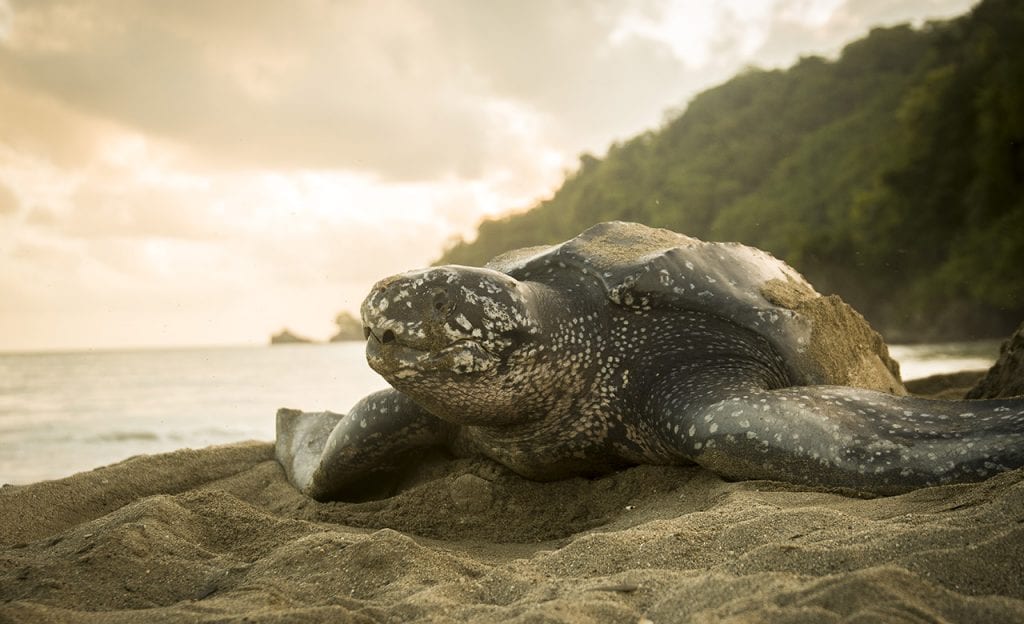
Leatherback Turtle: Barbados
The aptly named leatherback is different from other sea turtles because its shell is soft. They’re also the largest of the sea turtles and serious travelers—they migrate across the Atlantic and Pacific Oceans! You’d be lucky to see one snorkeling or diving, not only because of their impressive size and unique shells, but because they eat jellyfish, so you’d be less likely you’ll be stung.
Fascinating Fact: Leatherback turtles can weigh up to 1,500 pounds.
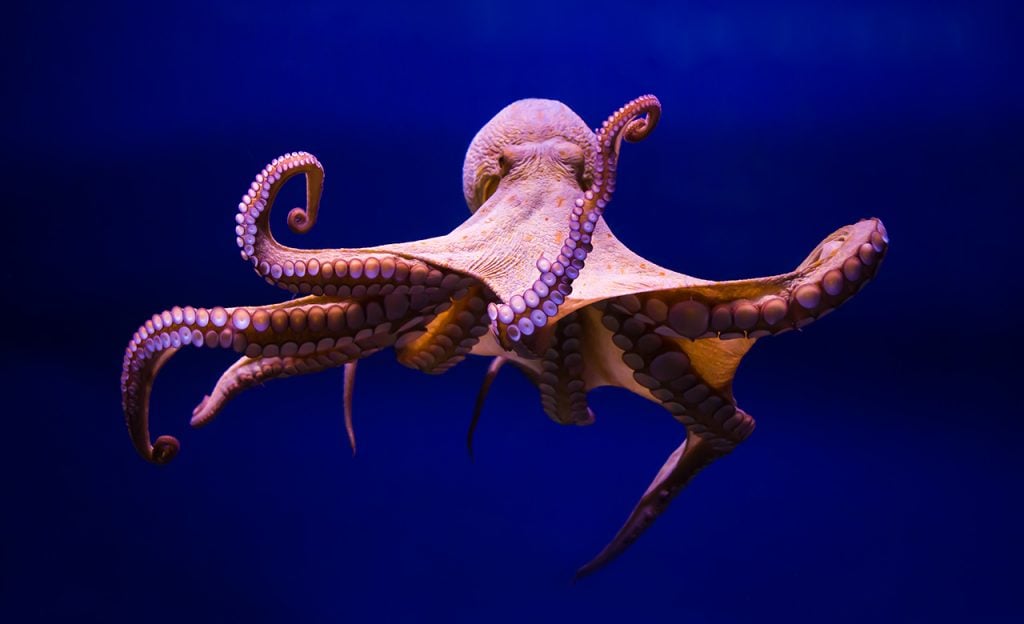
Octopus: Greece
The “common octopus,” found widely across the Mediterranean sea, has not-so-common characteristics. Besides their eight legs, octopuses can change their skin color—and texture—to camouflage themselves with the surrounding environment to avoid predators!
Another interesting defense is that they can squeeze into tiny crevices because the only hard part of their body is their beak. Plus, if they were to ever lose a leg in some type of accident, it would grow back later!
Fascinating fact: Octopuses eject ink to confuse attackers and dull their sense of smell.
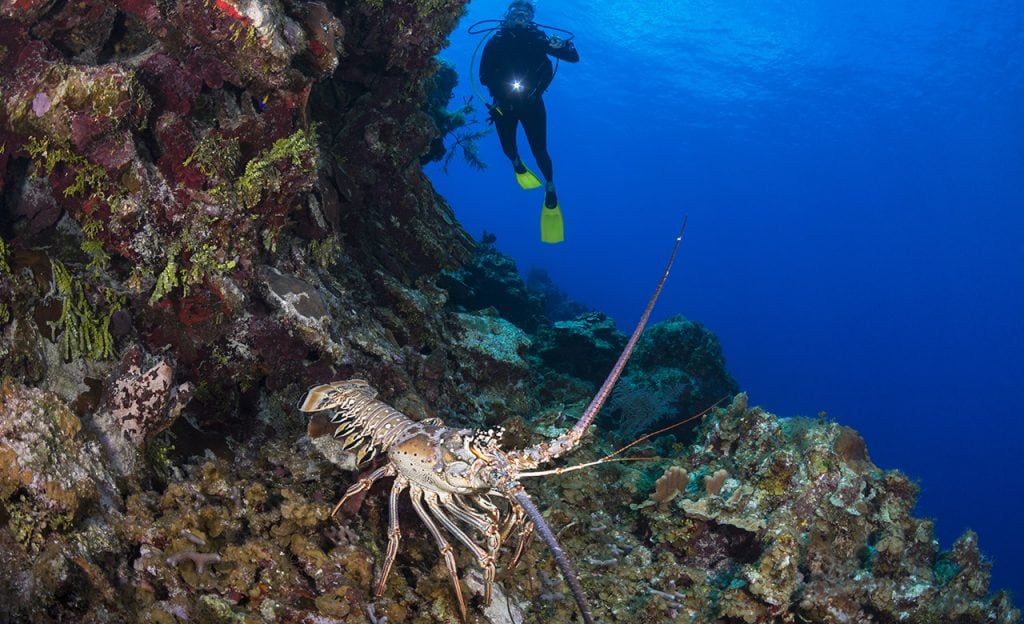
Spiny Lobster: Bermuda
This crustacean differs from its northern cousin. Spiny Lobsters live in the warmer waters around Bermuda and the Caribbean, and they have no claws since the spines of their shells protect them. Their other defense is their large antennae they can wave to scare off predators.
Fascinating fact: These spiny creatures are nocturnal. They hide in crevices all day and forage for food at night.
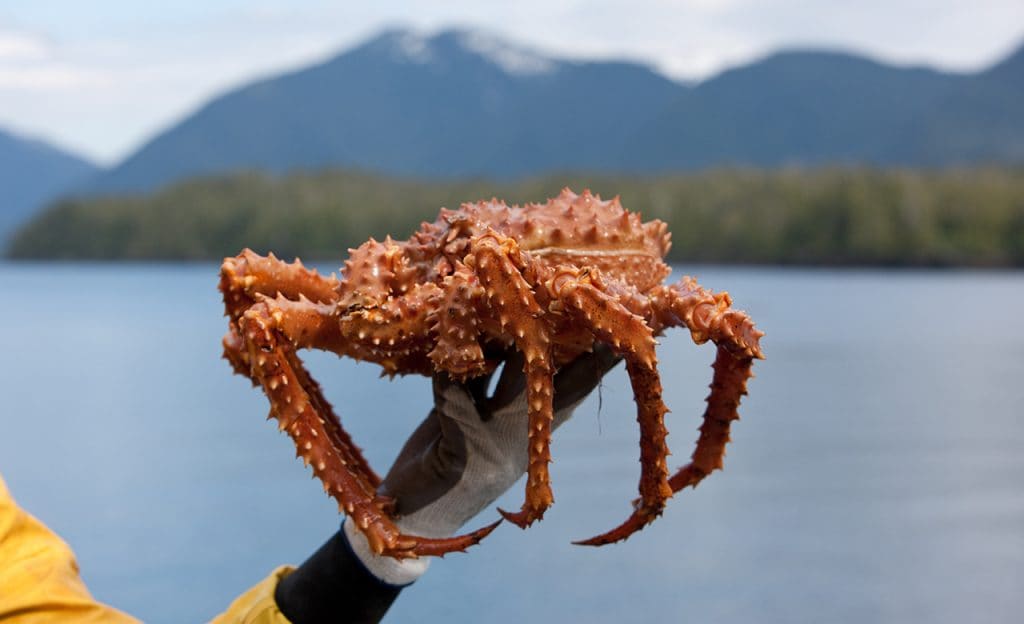
King Crab: Alaska
The Last Frontier has plenty of wildlife—from roaming moose, their state animal, to the largest population of bald eagles in the world!
But one of Alaska’s most incredible creatures lives in its waters: the King Crab. You may have seen these giant crustaceans on The Deadliest Catch and they’re quite the sight up-close: huge, covered in protective spikes along their shell, and asymmetrical. Oddly, they usually have a larger right claw than left.
Fascinating fact: The King Crab can reach a leg span of six feet!
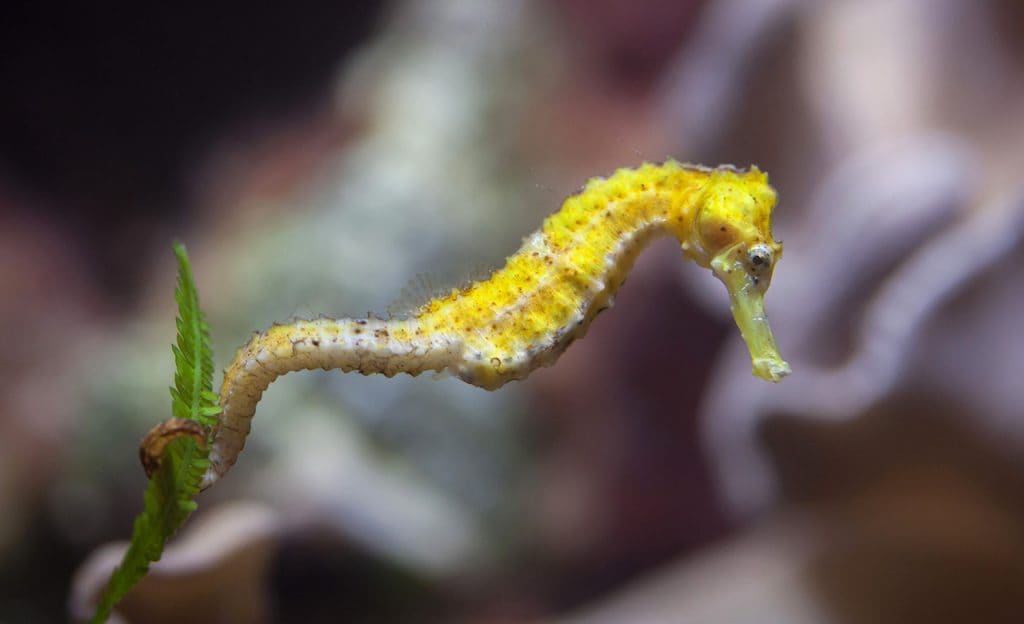
Seahorses: Belize
Belize is home to the largest barrier reef in the hemisphere, and that reef is a favorite spot for slender seahorses who like the warm water and abundant coral. The females are usually yellow and the males can be bright orange, both with brown and white spots that can turn pink before they mate!
Fascinating fact: When mating, the female seahorse deposits her eggs into a pouch on the male, so it’s the male that becomes “pregnant.”
